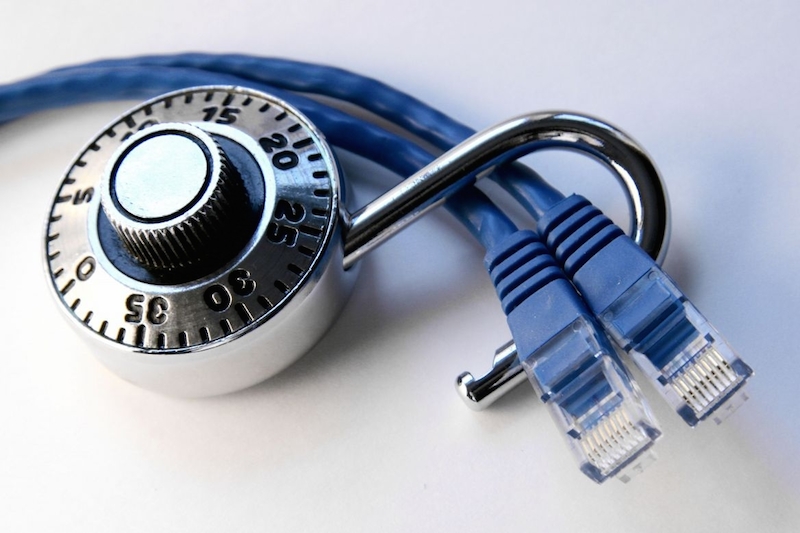
If you’re like me (and most people), identity theft and hacking is something that for the most part happens to “other people.” In truth, there is a possibility that at some point identity theft may cease to be something that happens to “other people” and become something that is happening to you. The good news is that there are some basic practices that we all can be doing to protect ourselves and it doesn’t have to be hard! Of course, nothing can guarantee that you’ll never become a victim of online predators, but if you can avoid the five common mistakes listed below you’ll certainly be much less vulnerable, and it might also give you some peace of mind.
Mistake #1 – Using Weak Passwords.
If you’re using the same password for many accounts or using weak passwords (in other words, all lowercase letters with few numbers or characters), you’ll certainly benefit from upping the strength of all your passwords. For tips on creating strong memorable passwords, check out my blog post The Great Password Conundrum. I myself use the password manager application Dashlane, and it works well for me. It has allowed me to create strong passwords for all my accounts, and also to store those passwords securely so I don’t have to have them all written down somewhere. Learn more about Dashlane.
Mistake #2 – Unsafe Email Habits.
So what does practicing good email habits look like? Mainly being cautious of following links from within emails. For example, if you receive an email that looks strikingly like it’s from your bank, instead of following the link in the email to log in and check on whatever they’re emailing you about – open a new browser window, navigate to your bank’s website, and log in that way to address the issue. This way you know you’re logging into your bank’s actual website and not an impostor’s. Other ways to be safe when using email include not opening attachments unless you’re expecting them, and being wary of any emails in which a person is asking for any of your personal information (this may sound obvious, but years ago I almost fell for an email I received from a person claiming to be interested in a saxophone lesson).
Mistake #3 – Downloading Free Software Without Caution.
There is tons of free software available for download on the Internet, and most of it is safe to download to your computer and use. However, some of it is not so it’s important to take care before downloading. It’s really just a matter of a)making sure that you are downloading software from trustworthy and reliable sources and b) searching for reviews of the software to make sure it’s safe and operational. So how can you do this? Two great free software websites are CNET’s download.com and sourceforge.com – so those are two very good places to start. To find reviews of a piece of software, simply Google the name of the application with the words “reviews” afterward and you should be able to find some feedback from real people who’ve downloaded it.
Mistake #4 – Assuming your Anti-Virus Software is Activated and Updated.
A recent study found that nearly half of people using anti-virus software either don’t have their software activated all the time, or haven’t updated it in quite some time. If you’re using security software, make sure you renew each time you’re prompted to update or upgrade and check your settings to make sure the software automatically actives either when you start your computer or when you go online.
Mistake #5 – Not Backing Up Your Computer Files.
This tip is not so much related to fighting off hackers as it is giving you some insurance in the case that you DO get hacked. You can backup to an external hard drive, to a cloud server, or both. I personally use Mac’s TimeMachine to automatically backup to my external drive, as well as BackBlaze to backup all of my files to the cloud (in case of a catastrophe such as my house burning down). I like taking both of these precautions so that in the event that I lose everything – I won’t have actually, in fact, lost everything.

